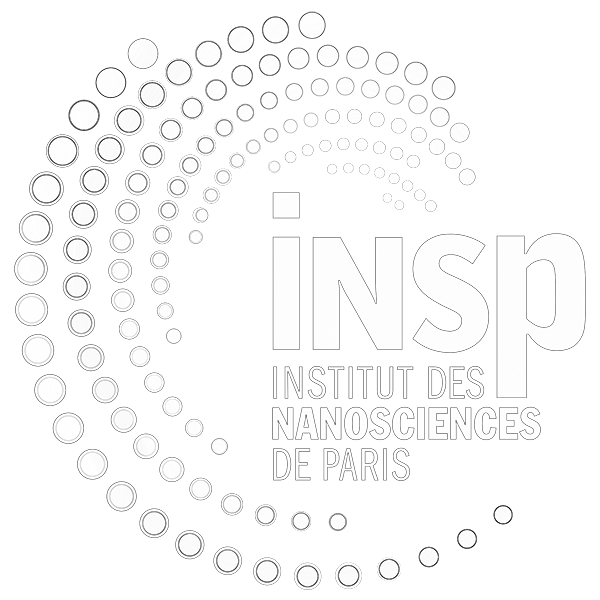Epitaxy of germanene on silver: a kinetic Monte-Carlo study
Contact : aqua@insp.jussieu.fr, +33 1 44 27 57 97
Tutelle : Sorbonne Universite, INSP 4 place jussieu, 75005 Paris
Mots clés : Stage M2
Gratification : Oui
Page des stages de(s) l'équipe(s) : Physico-chimie et dynamique des surfaces
Description du stage
Click on « description » for full document
Keywords: out-of-equilibrium, crystal growth, modelization, simulation
Since the discovery in 2004 of graphene, 2D materials have aroused an ever-growing interest since
different atoms form 2D layers: carbon, silicon, transition metal dichalcogenides… Graphene has
shown remarkable properties, such as the Dirac-cone-shaped energy band and high carrier mobility.
However, despite significant efforts, there has been no reproducible method to open up its bandgap
while preserving high carrier mobility. 2D-materials based on group IV elements such as Si (silicene)
and Ge (germanene) are promising alternatives. Manufacturing good quality, quality-controlled such
2D crystals is thence of major importance from both fundamental and applied perspectives. Their
growth by epitaxy that is both the fundamental cleanest way and a technological lock is thence the
focus of different experimental studies. The growth on some metallic substrates revealed possible
alloying effects that need to be understood and controlled. The goal of this internship is to advance
in the theoretical understanding of these systems by using kinetic Monte-Carlo (KMC) simulations
that is the most suitable tool to describe these systems over the relevant space and time scales, yet
including atomistic time scales.
We will investigate the growth of germanene on top of Ag(111) substrates. A significant experimental work was performed in
the hosting team on this system. It revealed new growth modes, outside conventional growth patterns. To rationalize
these growth modes, one needs to describe the out-of equilibrium behaviour that dictates growth morphologies and regimes,
and thence the dynamics and self-organization on large scales. We will consider a modelization that will incorporate alloying
effects and the possibility of intermixing so as to describe surface alloys revealed by experiments. We
will also include surface effects in the dynamics that were shown at INSP to be at work during the
growth of silicene on Ag(111). The numerical part will include the derivation of rejection-free KMC
simulations following the Bortz-Kalos-Lebowitz algorithm. The algorithm will include different atomic
events starting with the fundamental deposition, diffusion and attachment/detachment processes.
These processes will be made dependent on different configurations (local height, local configuration…)
to account for different effects (segregation, alloying, wetting etc). Energy barriers will be derived
both thanks to experimental and ab-initio results, but also thanks to the analysis of the simulation
and experimental morphologies. The aim of this coupling between theory and experiment is to gain
control on the growth procedure in order to obtain two-dimensional epitaxial deposits of large size
and good crystalline quality. The internship will be done in close collaboration with the experimental
group at INSP.
Techniques/methods in use: Dynamic Monte-Carlo simulations
Applicant skills: Solid state physics, programming
Possibility for a Doctoral thesis

